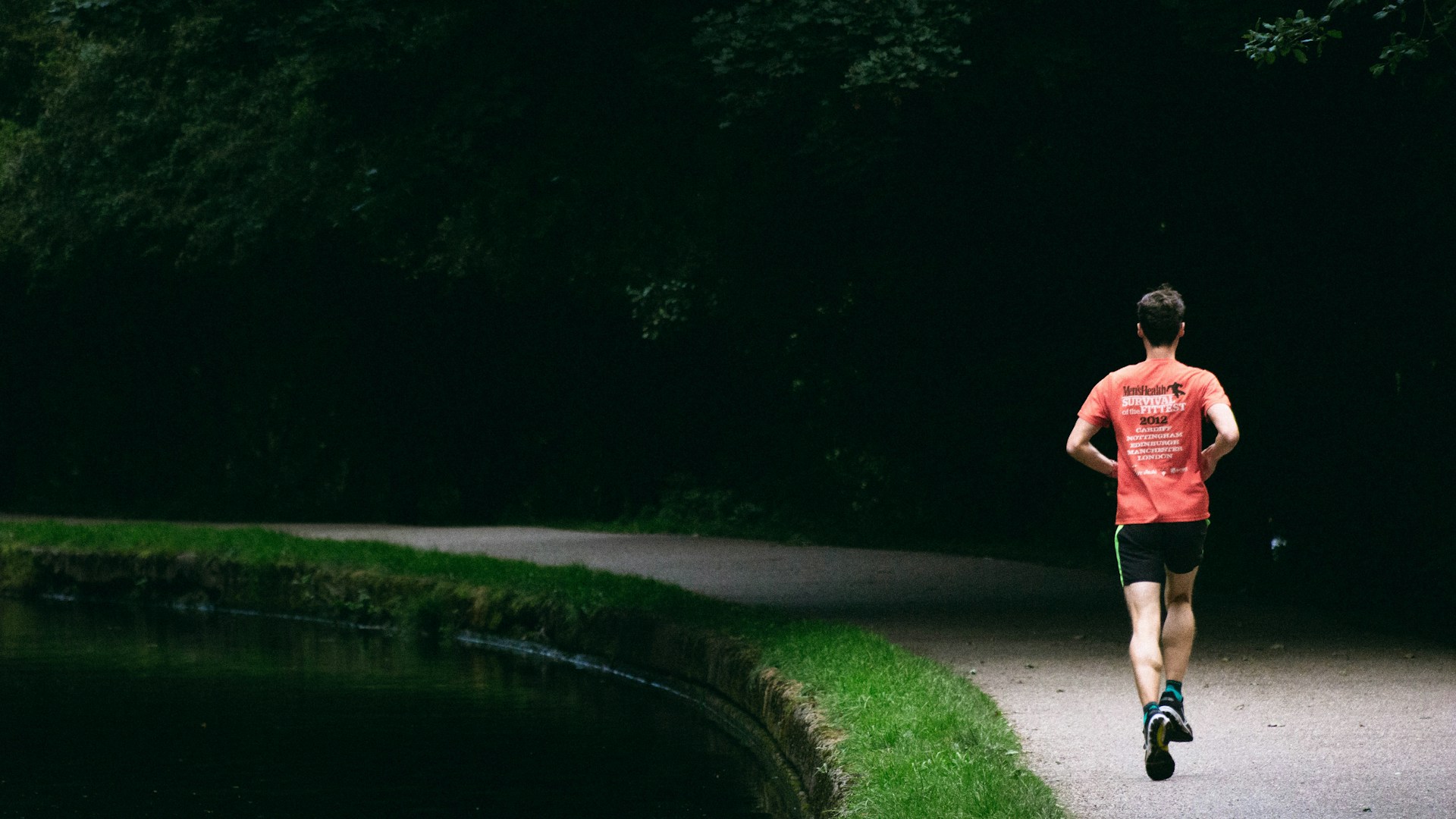Trail running is already an adventure, but running under the stars? That’s an entirely different thrill. The silence, the cool night air, the rhythmic crunch of dirt beneath your feet—it’s an experience unlike any other. But night trail running comes with its own set of challenges, requiring preparation, skill, and confidence. If you’re ready to embrace the darkness, here’s everything you need to know to master running trails at night.
Why Run Trails at Night?
There’s something magical about hitting the trails when the sun sets. The world feels quieter, more personal. Without the distractions of daytime scenery, your senses sharpen. You become more in tune with your breath, your footsteps, and the ground beneath you. Running at night can also help you beat the heat in warmer months, and it’s an excellent way to train for endurance races that last beyond daylight hours.
Essential Gear for Night Trail Running
Running in the dark isn’t just about bravery—it’s about preparation. Here’s what you need:
- A Reliable Headlamp – This is your most important tool. Choose one with at least 200 lumens to illuminate tricky terrain, and ensure it has a long battery life.
- Backup Light Source – Carry a small handheld flashlight or an extra headlamp in case your primary light fails.
- Reflective Gear – Wear a reflective vest or accessories to increase visibility if running near roads or shared trails.
- Proper Footwear – Trails can be even trickier at night, so opt for trail running shoes with good grip and stability.
- Layered Clothing – Temperatures drop quickly after sunset, so wear moisture-wicking layers to stay comfortable.
Adjusting to the Darkness
Your eyes take time to adjust to running in low light, so don’t rush. Start with shorter, familiar routes before venturing into unknown trails. Let your peripheral vision do some of the work—focusing too hard on one spot can actually make it harder to see obstacles.
It’s also important to slow down your pace. Running too fast at night increases your chances of tripping over roots, rocks, or uneven ground. Think of it as a chance to focus on form, efficiency, and balance rather than speed.
Staying Safe on the Trails at Night
Safety should always be a priority. Follow these precautions to make night running a smooth experience:
- Run with a Buddy – If possible, run with a friend or a group. If you’re solo, always let someone know your route.
- Stay on Well-Known Trails – Stick to familiar paths where you know the twists, turns, and potential hazards.
- Be Aware of Wildlife – Some animals are more active at night. Make noise occasionally to avoid surprising them.
- Carry a Phone or Whistle – In case of an emergency, have a way to call for help.
The Mental Game of Night Running
Running in the dark can feel intimidating at first. Shadows play tricks on your eyes, and every rustling leaf might make your heart race. But over time, you’ll learn to trust your senses. The more you run at night, the more comfortable you become with the stillness.
It’s also an incredible mental workout. You learn to overcome fear, build focus, and embrace the unknown—qualities that make you a stronger runner, no matter the time of day.
Final Thoughts
Night trail running isn’t just about the run itself—it’s about stepping into the unknown and embracing a different kind of challenge. Whether you’re training for an ultra or just looking to switch up your routine, hitting the trails after dark can be both exhilarating and rewarding. So, gear up, take that first step, and discover the beauty of running under the stars.
Would you ever try night trail running? Let us know your thoughts!

